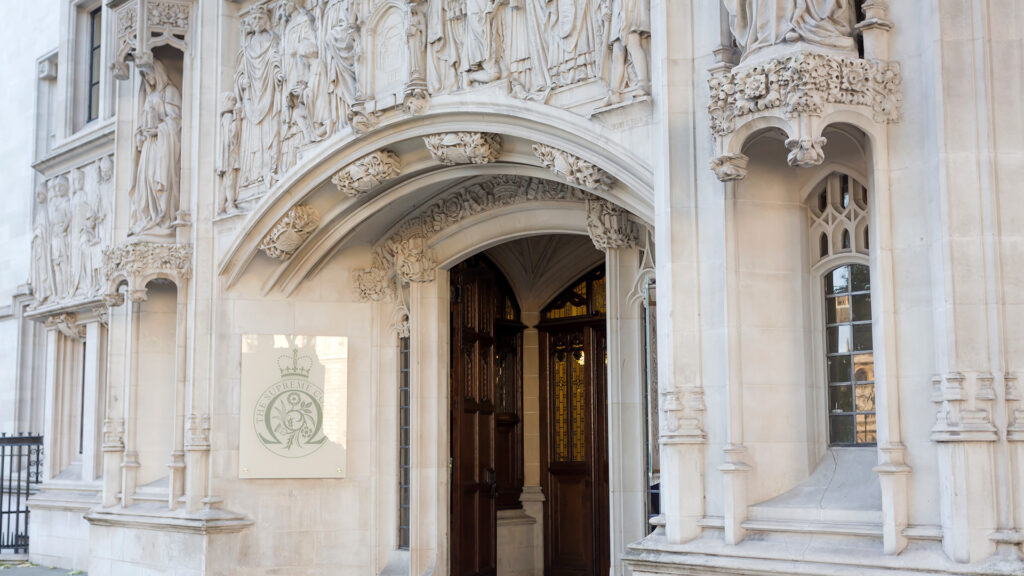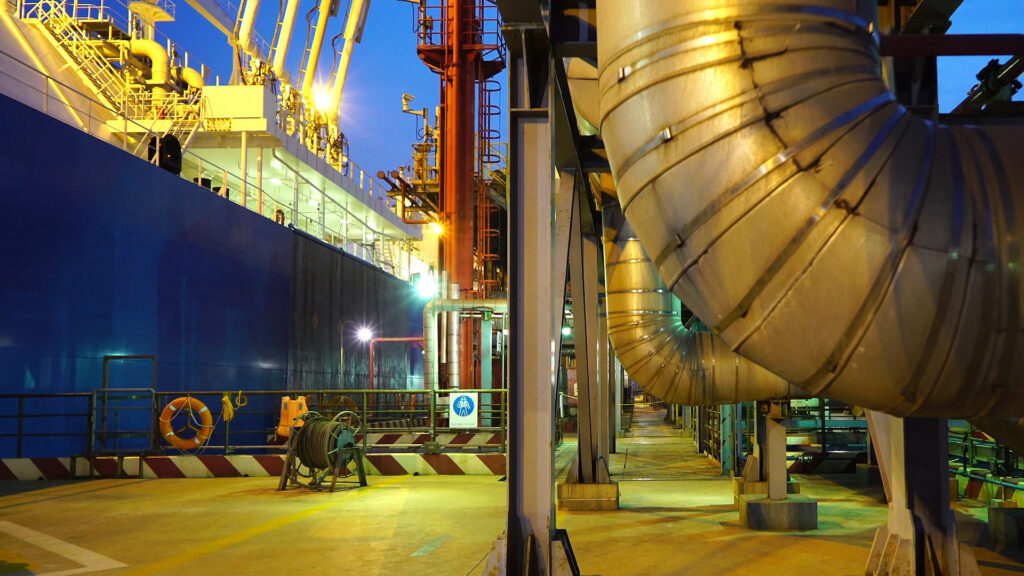Getting the Green Light for Sustainable Finance in the Commodities Sector
How can borrowers in the commodities sector ensure they don’t miss out on funding from green loans and sustainability linked lending?
What is ESG and why is it relevant?
Banks, financial institutions and investment funds are coming under increasing pressure from shareholders, regulators and the public to “go green”. Concerns over environmental, social and governance (ESG) issues are becoming a hot topic in all industry sectors but the impact of these concerns on the commodities sector, whether softs, metals or oil, promises to be profound.
Financing for the extractive industries is being squeezed as lenders move away from mining (coal in particular) and the dominance of fossil fuels is gradually eroded by renewable energy sources and new energy storage solutions. Meanwhile, investments in ESG funds are growing rapidly and sustainability linked loans (SLLs) and green lending are taking off. In 2019, the volume of green loans and SLLs was USD 129.4 billion. This was an increase on the year before of 47%. The volume is expected to increase again in 2020.
From a lender’s perspective, green and sustainability linked lending is attractive for several reasons. It provides a way to lend responsibly and to align the lender’s business with its broader corporate social responsibility strategy. It has also been suggested that improved ESG metrics are correlated with improved governance and financial performance of borrowers, meaning a win-win for a lender taking credit risk.
How is this relevant for the commodities sector?
For commodity trading houses, such instruments provide access to cheaper capital and facilitate the realisation of their corporate ESG goals. Indeed, in some cases, they may improve the sustainability of the very commodity being produced or traded (for example, the risk of global warming and extreme weather affecting the long-term production of soft commodities in certain regions).
In Switzerland, one of the world’s major commodity trading hubs, commodity trading houses are increasingly active and vocal in the ESG arena and are supported and guided by the Swiss Trading and Shipping Association (STSA) and the Swiss Government itself, which published an important policy document in this respect in November 2018 (The Commodity Trading Sector – Guidance on Implementing the UN Guiding Principles on Business and Human Rights).
Several types of financing with ESG characteristics are relevant for the commodities sector. This briefing focuses on the possibilities offered by green loans and SLLs. Other products that borrowers have at their disposal for raising finance include bond instruments in the form of green, social and sustainability bonds. Hedging products with rates linked to sustainability performance targets are also entering the market.
To tap into the market for ESG financing and, in particular, green and sustainability linked lending, borrowers need to be aware of the moving regulatory and market landscape for these type of products. Borrowers should also make sure they have a clear strategy on sustainability and green issues across their business. If a borrower understands the broader social, environmental and sustainability issues that are relevant to their operations, supply chain and business, they will be more likely to gain access to green lending and SLLs.
What are green loans and SLLs?
Broadly speaking, green loans and SLLs are forms of finance that are linked in some way to the borrower’s environmental, governance or social goals.
The term ‘green loan’ is often used as an umbrella term to mean, somewhat confusingly, two different types of products. The term is used by market participants to refer to ‘green loans’ as well as to SLLs.
The landscape is developing rapidly and, to make sure that borrowers are aware of all the funding opportunities available, market participants should be aware that these are distinct products with different features.
In the European syndicated loan market, the Loan Market Association (LMA) has played a role in developing the market by recently issuing a set of voluntary principles for both green loans and SLLs. These principles aim to provide a framework for further development of these products. Indeed, according to Moody’s the rapid rise in SLLs is being driven by European borrowers.
Green Loans
The fundamental aspect of a green loan is that the loan proceeds can only be used for green purposes. The loan documents will need to define this purpose clearly. There is no defined list of acceptable projects, however, the LMA have included a non-exhaustive list of 10 categories of projects that may be eligible for green loans. Typically, revolving credit facilities for “general corporate purposes” will not qualify as green loans. This is important as it may limit the availability of these products for some borrowers who are not large enough to allocate resources to a specific green project.
Other features that are described in the LMA’s voluntary guidance are that borrowers should be able to describe clearly the process for selecting a particular project. They should also be able to articulate clearly how the project fits within the context of their wider environmental sustainability objectives. Importantly, a borrower of a green loan will need to have thought through an appropriate way of tracking the proceeds of a green loan to ensure transparency. This could be through opening a dedicated bank account to hold the proceeds or by making sure they have other appropriate accounting practices in place.
To be eligible for green lending, most banks will also require the borrower to have in place a robust approach to reporting. The lender will typically want to receive regular reports on the use of proceeds. They may also expect more detailed reporting, for example about whether key performance targets are being met and the methodology used to measure performance.
To help make a particular green loan proposition more attractive to a lender, a borrower might consider getting outside advice to help structure the project and to provide an independent assessment or rating.
SLLs
The key difference between SLLs and green loans is that the proceeds of SLLs don’t need to be used for a specific purpose. This significantly broadens the range of borrowers who might be able to access this type of funding as, unlike with a green loan, a borrower doesn’t need the capacity to structure and implement a specified green project. Typically, SLL funding can be used for general corporate purposes and is a more flexible product than a green loan.
Unlike a green loan, the terms of an SLL are linked to the sustainability profile of the borrower or its group. The loan terms are designed to create an incentive for the borrower to achieve pre-determined ESG goals. The incentive typically takes the form of a margin reduction which can be triggered when certain sustainability targets are met.
Other aspects of SLLs are described in the LMA’s Sustainability Linked Loan Principles which can be found here. A key element is that a borrower will need to be able to set clear and measurable sustainability targets. Lenders will require targets to be meaningful and a borrower to be able to articulate clearly how the targets fit with the borrower’s wider sustainability objectives. Lenders may sometimes require third party opinions on the appropriateness of the sustainability targets.
|
Some of the sustainability targets in SLLs with Geneva-based commodity trading houses:
|
What kind of targets are relevant?
The LMA provides a list of 10 common categories of sustainability targets. The examples include targets relating to the following:
- greenhouse gas emissions
- affordable housing
- sustainable farming
- water consumption
- renewable energy
The LMA list is not intended to be exhaustive. The market is developing rapidly and borrowers are increasingly negotiating bespoke sustainability targets unique to their business. Some examples can be found in the SLL section above.
As with green loans, borrowers are expected to provide regular reporting. Under SLLs, a borrower will need to report against the achievement of the specific sustainability targets. This information might typically be contained in a borrower’s annual report or CSR report although a borrower may agree with a lender to provide reporting specifically to the facility lenders.
Lenders might also require a borrower’s performance against the sustainability targets to be independently verified or that the methods used by the borrower are the subject of an independent audit or assurance report. A strong borrower who is able to demonstrate internal expertise may be able to negotiate for an internal review only.
Taking a broader view on reporting requirements, it may not be long until reporting on ESG data becomes mandatory, much like reporting on financial performance. Leaders in the ESG ratings agencies have suggested an IFRS for ESG would go a long way to improving the quality and consistency of disclosures.
What can commodity traders and market participants do to access the green and sustainability linked loan market?
- Become familiar with the evolving landscape for these products, both from a market and regulatory perspective.
- Develop and communicate an overall strategy towards social, environment and sustainability issues across their business and supply chain.
- Consider specific projects and/or sustainability targets that may be relevant for their business or sector.
- Discuss their sustainability profile and funding needs with their core banks and other advisers.
For more information please contact
Jason Marett
Senior Associate, Geneva
T +41 (0)22 322 4840
E jason.marett@hfw.com
Olivier Bazin
Partner, Geneva
T +41 (0)22 322 4814
E olivier.bazin@hfw.com

Download a PDF version of ‘Getting the Green Light for Sustainable Finance in the Commodities Sector’












